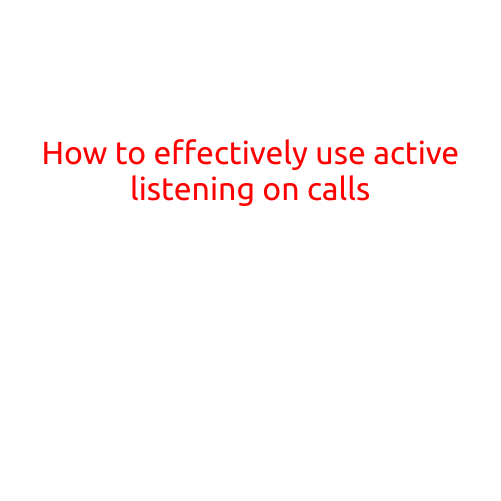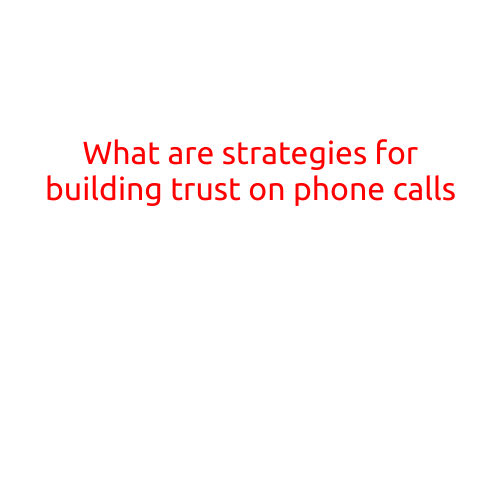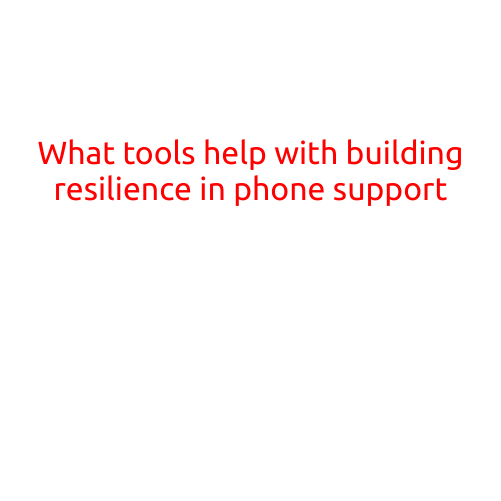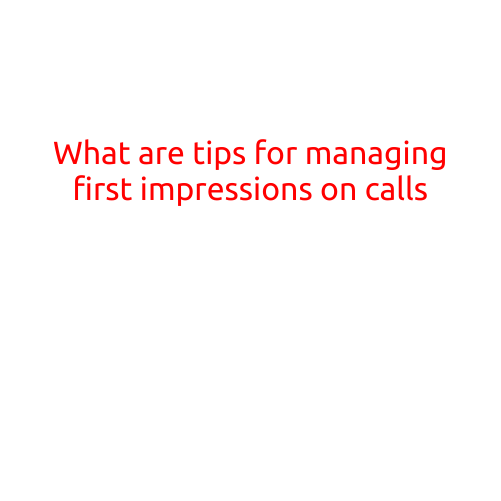
How to Effectively Use Positive Language on Calls
Effective communication is key to building strong relationships and achieving success in any field. When it comes to phone calls, using positive language can make all the difference in how your message is received and responded to. In this article, we’ll explore the importance of positive language on calls and provide tips on how to use it effectively.
Why Positive Language Matters
Negative language can be a major turnoff, whether it’s a phone call, email, or in-person conversation. When you use negative language, you can come across as hostile, dismissive, or unprofessional. This can lead to misunderstandings, conflicts, and a lack of trust. On the other hand, positive language can create a sense of safety, build rapport, and lead to more successful outcomes.
** Tips for Using Positive Language on Calls**
- Start with a positive tone: Begin your call with a friendly and approachable tone. A simple greeting like “Hi, how are you?” can go a long way in setting a positive tone for the conversation.
- Use positive affirmations: Instead of saying “I’m calling to tell you something you did wrong,” say “I’m calling to share some feedback that can help us improve.” Focus on the positive aspects of the situation and the benefits that can be gained.
- Focus on solutions, not problems: When discussing issues, focus on finding solutions rather than dwelling on the problems themselves. This shows that you’re proactive and committed to resolving the issue.
- Use positive phrases and words: Instead of saying “no” or “can’t,” use alternative phrases like “I understand your concern” or “I’d be happy to explore options with you.”
- Show appreciation and gratitude: Express gratitude for the person’s time, assistance, or contribution. This can go a long way in building trust and rapport.
- Use a positive and uplifting tone: Speak in a tone that’s enthusiastic, optimistic, and supportive. This can help keep the conversation positive and focused on solutions.
- Listen actively and respond positively: Pay attention to what the other person is saying and respond in a positive and supportive manner. This shows that you value their input and are committed to finding a mutually beneficial solution.
Examples of Positive Language on Calls
- Instead of saying “This product is defective,” say “I’m experiencing an issue with this product, can you help me troubleshoot or resolve the problem?”
- Instead of saying “You’re not meeting your targets,” say “I’m concerned that the current progress may not meet our goals, can we discuss strategies for improvement?”
- Instead of saying “I’m unhappy with the service,” say “I wanted to express my satisfaction with the service, but I did encounter some issues. How can we work together to resolve them?”
Conclusion
Using positive language on calls is a crucial aspect of effective communication. By following the tips outlined in this article, you can create a positive tone, build rapport, and achieve more successful outcomes. Remember to focus on solutions, show appreciation, and respond positively to keep the conversation on track. With practice and consistency, you can become a master of positive language and enhance your communication skills.





